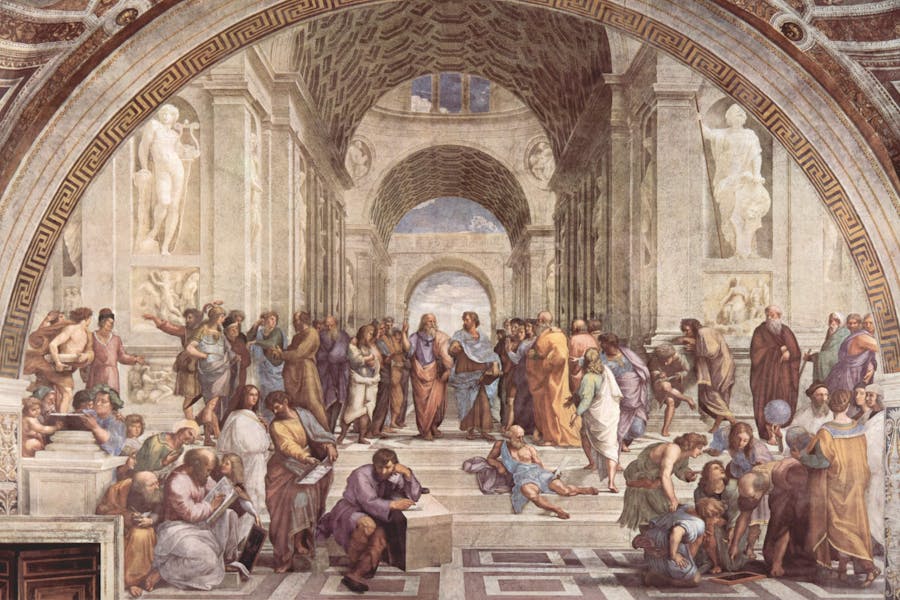 Standardization of Script
Standardization of Script
The Carolingian Renaissance, initiated by Charlemagne in the 8th and 9th centuries, significantly impacted medieval script and literacy. One of its major achievements was the development and standardization of the Carolingian minuscule, a clear and legible script. This script replaced the diverse and often difficult-to-read regional scripts used in manuscripts, making texts more accessible and readable across different regions.
Promotion of Literacy
The Carolingian Renaissance also promoted literacy by establishing educational reforms and institutions. Charlemagne’s efforts to enhance education included the founding of schools attached to monasteries and cathedrals, where students were taught reading, writing, and classical literature. The emphasis on literacy extended to the clergy, administrators, and laypeople, fostering a more educated society that could engage with written texts and documents.
Impact on Manuscript Production
The standardization of script and the promotion of literacy had a profound impact on manuscript production. The adoption of Carolingian minuscule improved the efficiency and quality of copying texts, leading to the proliferation of manuscripts across Europe. Scribes and scholars in monastic scriptoria produced and preserved classical, religious, and legal texts, contributing to the intellectual and cultural revival of the Carolingian period and beyond.
Conclusion
The Carolingian Renaissance played a crucial role in standardizing script and promoting literacy in medieval Europe. Its contributions to the development of Carolingian minuscule and the establishment of educational reforms had a lasting impact on manuscript production, literacy, and the intellectual growth of medieval society.
 Standardization of Script
Standardization of Script